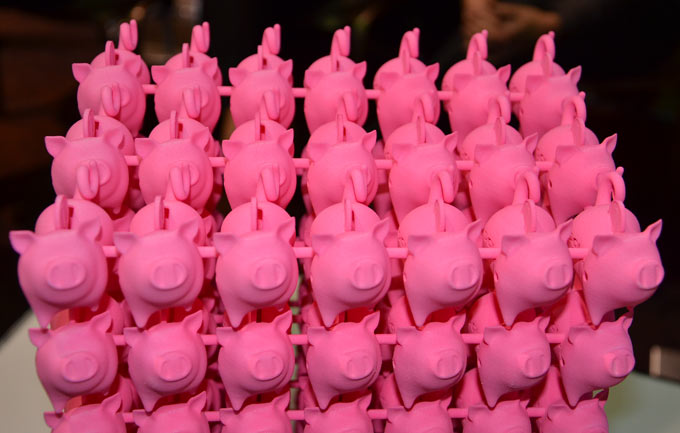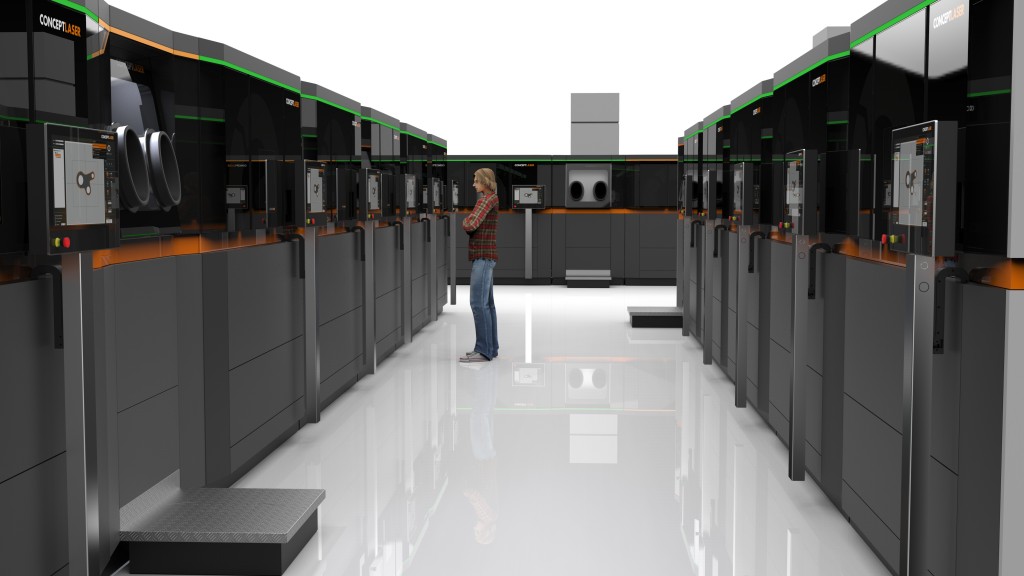It is now beyond doubt that 3D printing is moving into the next stage of its existence, having matured as a technology and stabilized as a means of prototype manufacturing. Companies are no longer afraid to jump on the FDM wagon, as printers have become more reliable, better performing, and way more productive than they used to be. All of this combined marks a new age in the evolution of the technology, as we enter the dawn of massive 3D printing utilization.
However, 3D printing has been a relatively untested technology so far, and, if we really want to make it work for us in the most beneficial way, we need to fit it into the context of established manufacturing methodologies and standard practices. Companies that decide to empower their production through the implementation of 3D printers need to focus on ways to implement production enhancing techniques deriving from Six Sigma and lean manufacturing methodologies.
With all of the things that can be materialized nowadays inside a 3D printer’s chamber, one has to seriously think about clever ways to make the entire process workflow more efficient. Each company may develop different strategies depending on their particular needs, but there are some general points that could apply everywhere and to everyone out there.
We asked the team at Fabnami, an online platform built to support any company in easily implementing and offering 3D printing services, to analyze and explain some virtuous practices that, according to their experience in this field, bureaus can adopt to optimize the process and thus maximize earnings. Here are some examples:
Waste
Waste is a primary economic and environmental concern when having to work with many printers in a production plant. Finding ways to minimize it and to even recycle excess materials if possible would be crucial to the overall efficiency of the plant. Good preparation and testing will determine exactly how much filament is needed with high accuracy.
Simultaneous Printing
If a printer can print one thing at cost “a”, and two things at “<2a”, then it’s obvious that services should take on multi-printing. If the printing chambers are large enough, one could build multiple items at once, essentially reducing the cost of manufacturing for each product. Maybe this would require the delayed delivery of an order, until another one comes in. As long as logical thresholds are set, a company can only benefit from this clever technique.
Human Resources
As is the case in mechanical engineering workshops with automated CNCs, the less human labor is involved in the manufacturing process, the lower the overall cost. Employees are nice to have around, but they need salaries, training expenses, equipment costs, legislative requirements, coordination, etc. Buy a fully automated FDM machine and let it operate as many hours as needed, during holidays, weekends, nighttime, or whenever else. When something goes wrong, they can send a notification to a center of operations so that a technician can visit the machine to solve the problem.
No Scaffolding
There are technologies that don’t require any scaffolding to be generated and printed for the build to get the required support. Unlike FDM and SLA/DLP technologies, SLS (laser sintering), CJP (Color Jet Printing, a type of binder jetting by 3D Systems), 3DP (another form of binder jetting from ExOne and Digital Metals) and SDL (a paper based lamination technology by Mcor Technologies) are known to produce self-supported builds. Even if no other technology is available, simply rotating and angling the object could drastically reduce support material requirements. This could contribute to drastically reducing costs due to the much lower amount of filament used in a production plant.
While most of those operating a 3D printing bureau for sometime will have already encountered most of these issues, sometimes hearing it from an external source, especially for the many that are just getting involved, even some basic free advice can make a difference. For everything else, there’s Fabnami.
*Article written in collaboration with Benoit Valin (Fabnami) and Bill Toulas






